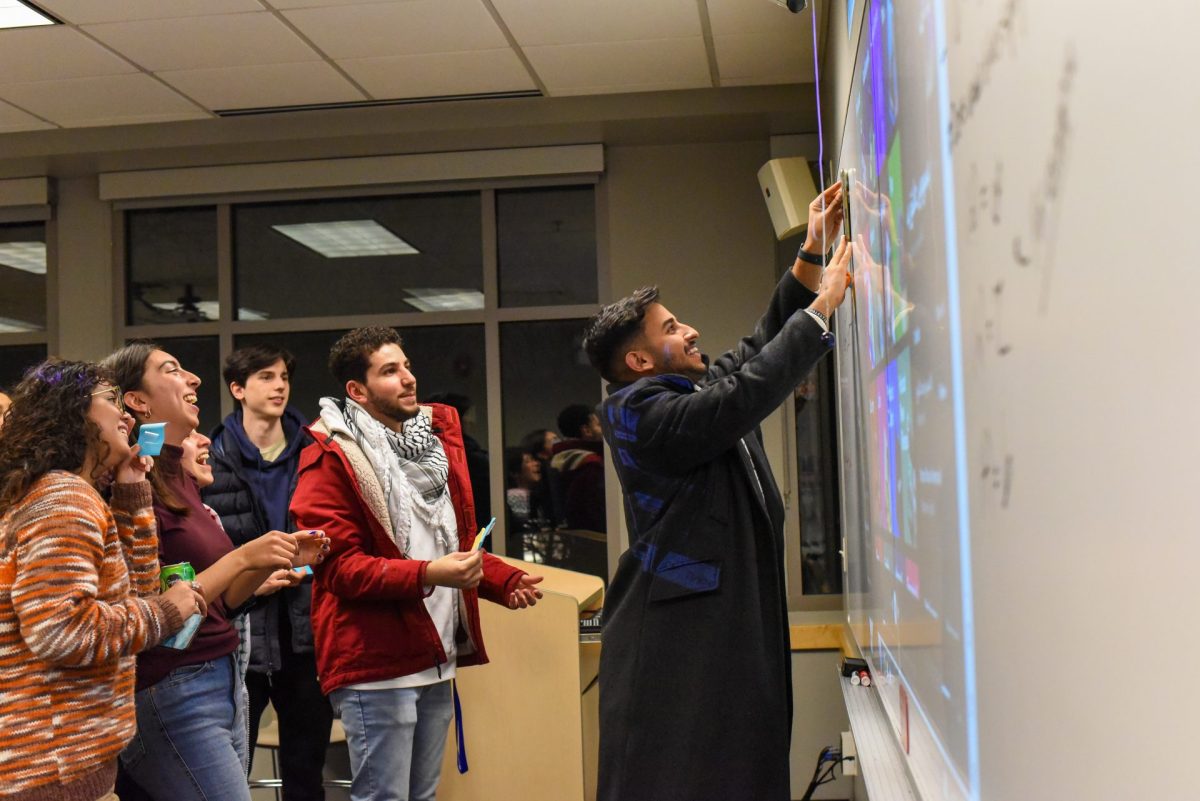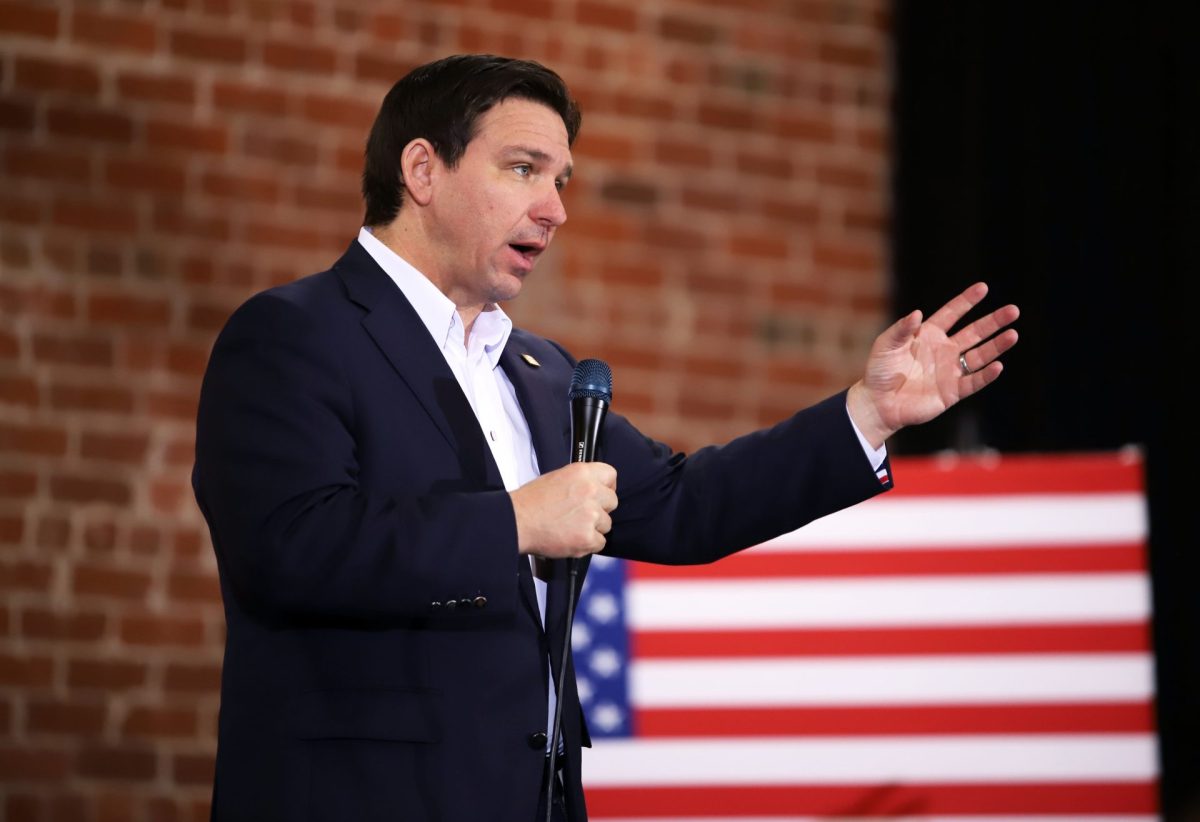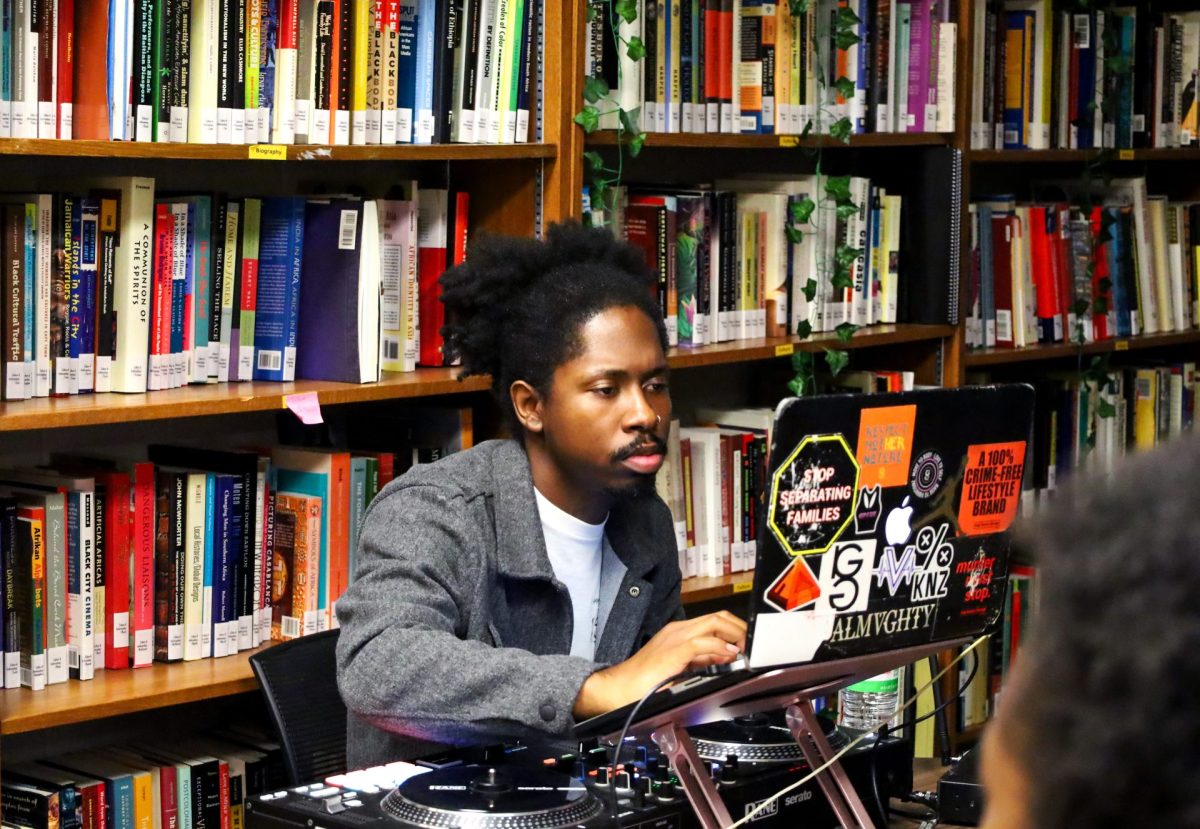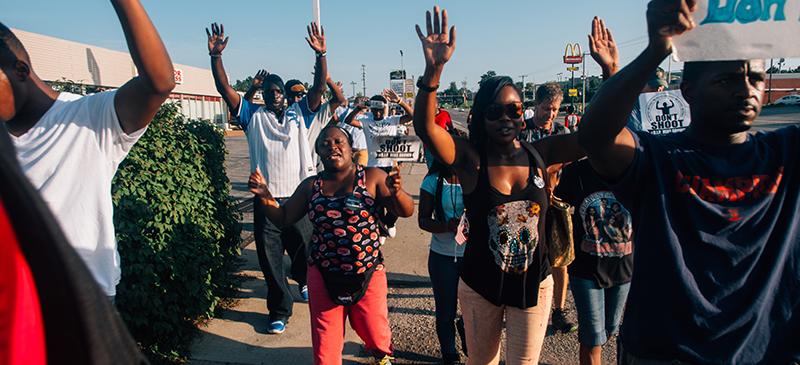
Despite advancements in civil rights, many issues remain unchanged
It was after midnight on May 16, 2010, when the Detroit police raided a house in connection with a murder. According to reports from CNN, the officers threw flash grenades inside to distract the residents. At some point, officer Joseph Weekley opened fire and the person on the receiving end of the gun was 7-year-old Aiyana Jones. Jones didn’t survive her injuries, resulting in a city filled with outrage. The story garnered national attention and spread across the Internet and social media at lightning speed. All of which pushed it into a new, lightly tapped arena—hashtag activism.
The shooting happened on a Sunday. By Wednesday, organizers from other cities had already been checked into their hotels to protest. But, 41 years prior in the winter of 1969, things went a little differently. On Dec 4, 1969, the Chicago police raided a home on the 2300 block of Jackson Boulevard on the West Side of Chicago. Black Panthers and civil rights activists Mark Clark and Fred Hampton were killed by police officers who fired over 90 shots at Hampton alone. Police worked up a statement alleging that Hampton and Clark shot at the officers first. Where today offers camera phones, ‘69 only offered word of mouth.
Vivian Vaughn was the liaison between the community and city for the Urban Progress Center in Chicago during the time of Hampton and Clark’s death and said that she remembers how the police tried to cover up what happened in order to defuse any potential riots.
“Normally, (the police) would clean something like this up and make it seem like something completely different happened,” Vaughn said. “We marched around his house and made sure they didn’t get a chance to change it and people could see how the blood hit the wall.”
The organization of protests that would follow events like this usually started with a lot of research. Organizers would gather information and create flyers and pamphlets.
“A lot of times there was no money for printing, so people would draw the flyers over and over and post them in the community,” Vaughn said.
The flyers would be a call for people to meet up, usually at a church. During the meetings, they would inform citizens of their rights, the law and how they were being denied these freedoms by the government.
Similarly, hashtag activism allowed for modern organizers to create digital flyers and post them online, making everything a click away. Following the verdict for Trayvon Martin — an unarmed teen killed in Florida — protester Armani Lee said he found out where to meet up on Twitter.
“I was already downtown when it happened,” Lee said. “I was with some friends and we heard about the verdict and saw that everybody was meeting at Daley Plaza for a peaceful protest.”
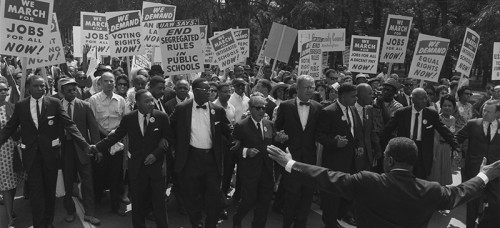
Protests, and the development of them, have evolved in many ways. With the increased access of technology and information to the public, it has been easier for the emotion and meaning of social issues to travel across the world while the wounds are still fresh. History is more accurately documented and is recorded in real time. However, this also ushers in a reality and seriousness of injustices that can be baffling to people who haven’t fully grasped how much hasn’t changed about the way the world works.
After the news of Michael Brown’s death by police in Ferguson, Missouri, hashtag activism reached new heights. Protests started almost immediately and as the days followed, the crowd grew with people from other cities coming in to support. Celebrities like Kerry Washington, John Legend and Big Boi from Outkast were instrumental in getting the word out to people faster by tweeting about Ferguson to their millions of followers.
Nancy Davis, associate professor in DePaul’s School of New Learning emphasized the importance of being critical when looking at what news organizations are printing about the protests, as they can be dangerous.
“They’re corporate owned,” Davis said. “You really have to scrutinize what you see.”
This is why many people turned to black owned news outlets and radio stations throughout the 1960s.
Before any reports of rioting and looting, police officers were already using teargas and rubber bullets to stop the protesters. Word traveled across the globe via Twitter and resulted in people from the Middle East tweeting Ferguson demonstrators tips on how to ease the pain of teargas on the eyes. Eventually, a campaign was started online by people on the ground to collect funds to feed the protesters and equip them with gas masks while they were out.
A few contributions turned into the creation of the organization Operation Help or Hush, which currently funds a support system for protesters. Frankie Shields who marched with Civil Rights activists after the assassination of Dr. Martin Luther King Jr. said she didn’t know of any organizations like this in the ‘60s. If a person wanted to protest, they’d take their own lunch.
“People feel like, ‘If I’m out there protesting, you should support me,”’ Shields said. “If you can’t stay out there and protest, take a lunch, go home and let the next shift come in.”
Shields said that there would be times when the neighborhood would get together or there would be meetings at church where people cooked, but nothing that was in place for feeding everyone every day. This could be, in part, because of how slowly news traveled from city to city about what was going on.
Vaughn said she was actually surprised at how quickly and accurately word spread about Hampton’s death throughout the city and how the media covered it. In cases like Jones’ and even Tamir Rice—a 12-year-old gunned down by the Cleveland police—word spread fast with images and live reports from citizens in the community. For Hampton, like most issues in the ‘60s, the community had to rely on meetings and journalists.
Jeffrey Haas was one of the first reporters to arrive at the scene of Hampton’s murder in Chicago. Haas was a crucial figure in getting the truth out about the FBI’s well thought-out plan to kill Hampton. “They were on it,” Vaughn said, “(The journalists)weren’t biased and they were able to prove that the police killed that man on purpose.”
Publications like The Chicago Daily Defender, Memphis Tri-State Defender, Bay State Banner and many more were the primary sources for African-Americans to get their protest news. As evident from the titles, all of these outlets were local. “(They were) locally owned, so the people who owned them really knew what was going on, on the ground,” Davis said, “and now we don’t really have any of those vehicles.” Vaughn said the negative headlines of the ‘60s movements didn’t matter to them, but in 2014, these headlines sparked uproar.
The photos used in Mike Brown’s coverage prompted the trending topic #IfTheyGunnedMeDown. Using this hashtag, Twitter and Instagram users posted two pictures of themselves, one with a positive message and one with a negative message. Within hours, the topic started trending worldwide.
“A person doesn’t have to dress a certain way or look a certain way to not be killed by the police,” Jason Perez, national co-chair for Black Youth Project, said.
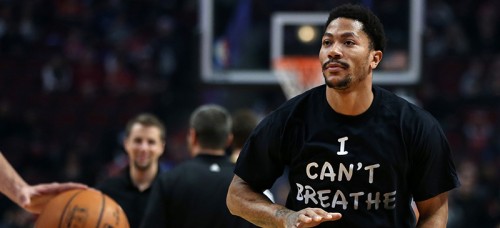
The discussion on social media didn’t stop at #IfTheyGunnedMeDown. It continued with “Black Lives Matter”—the current motto for the protests following Brown’s death. In a seemingly new world, there are people of all shades and walks of life who are joining together on the issue of police brutality. However, with more people who aren’t black coming together, the saying has been shifted to “All Lives Matter,” a saying that Perez said is horrible.
“We’re trying to make a political point to say that black people have to do all these other things in order to matter,” Perez said. “Shouting ‘all lives matter’ over that is terrible.”
Shields said this is nothing new and that people from other races would step in and try to overshadow the movement even in the ‘60s, so she agreed that the slogan should stay the same.
“We don’t need you to come along and say ‘all lives matter,’ we understand that,” Shield’s said, “but right through here, black lives are being targeted.”
However, Shields thought that putting too much emphasis on this issue derailed the real meaning of the protests.
“Unlike the children of today,” Shields said, “we knew that even though they were unkind to us, we needed what they had to offer.” Vaughn also believes that the solidarity amongst races is important and is in a better place than it was in the ‘60s.
“They don’t have the same prejudices we had a long time ago,” Vaughn said “Young whites and even young blacks don’t really understand what we went through because they didn’t have to deal with that level of racism.”
But, today’s generation is in fact getting a clearer picture of it themselves. Eric Garner and Oscar Grant were both killed by police officers, and both situations were caught on cellphone cameras and posted on YouTube. Officers in Garner’s case were cleared. What that presented to this generation was that catching an injustice on camera doesn’t solidify a verdict in the victim’s favor. Yet, organizers still encouraged people to record the police.
“It may not do anything in the courtroom but it changes things for the public,” Perez said.
Lee thought that because of serious differences, protests aren’t as organized as they were many years ago. “There was a lot more camaraderie,” Lee said. “Even though they were going through more brutal attacks, it was more effective.”
Social media is a tool that can be used to build up or break down a movement, despite whether or not the posts come from individuals or news outlets. Regardless of distraction from either one, organization (or at least good coverage of it) can trump it all.
“It seems, to me, that there’s an issue of self-discipline,” Davis said, “nowadays we have an issue of keeping ourselves together psychologically and keeping our focus straight.”
One thing that remains consistent about protests in general is that the fight isn’t over.




